- Rock -
Rock Textures

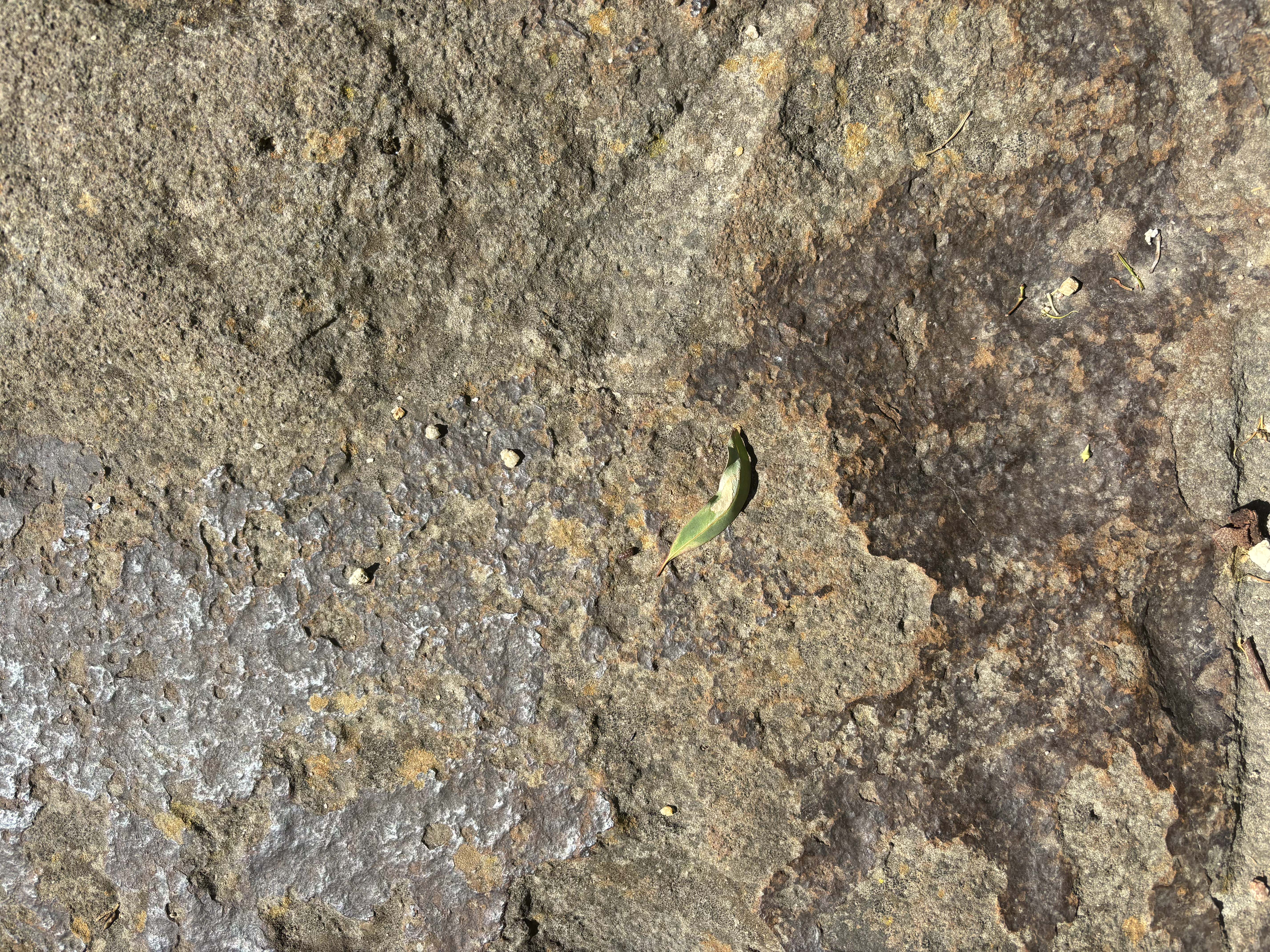

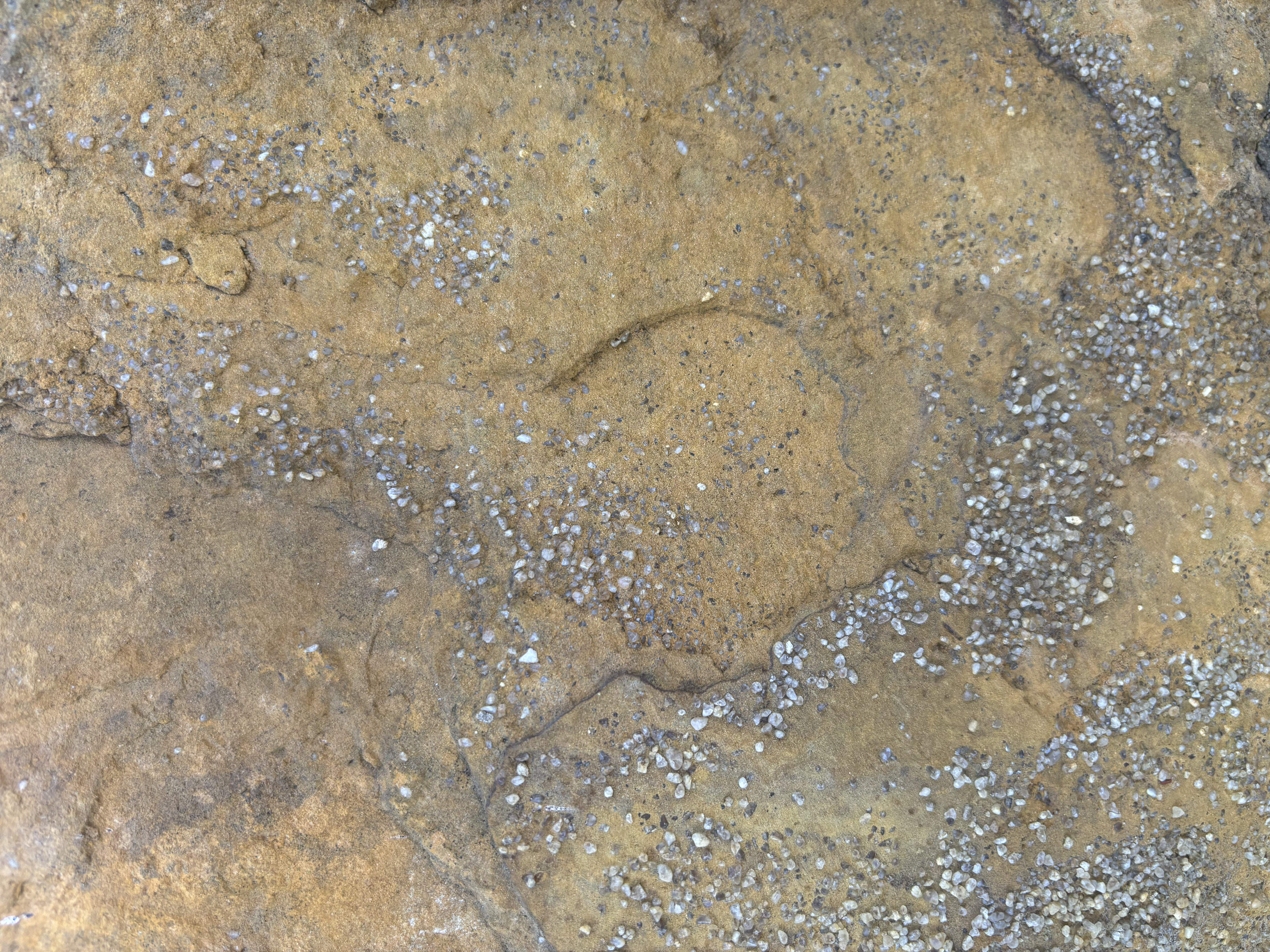
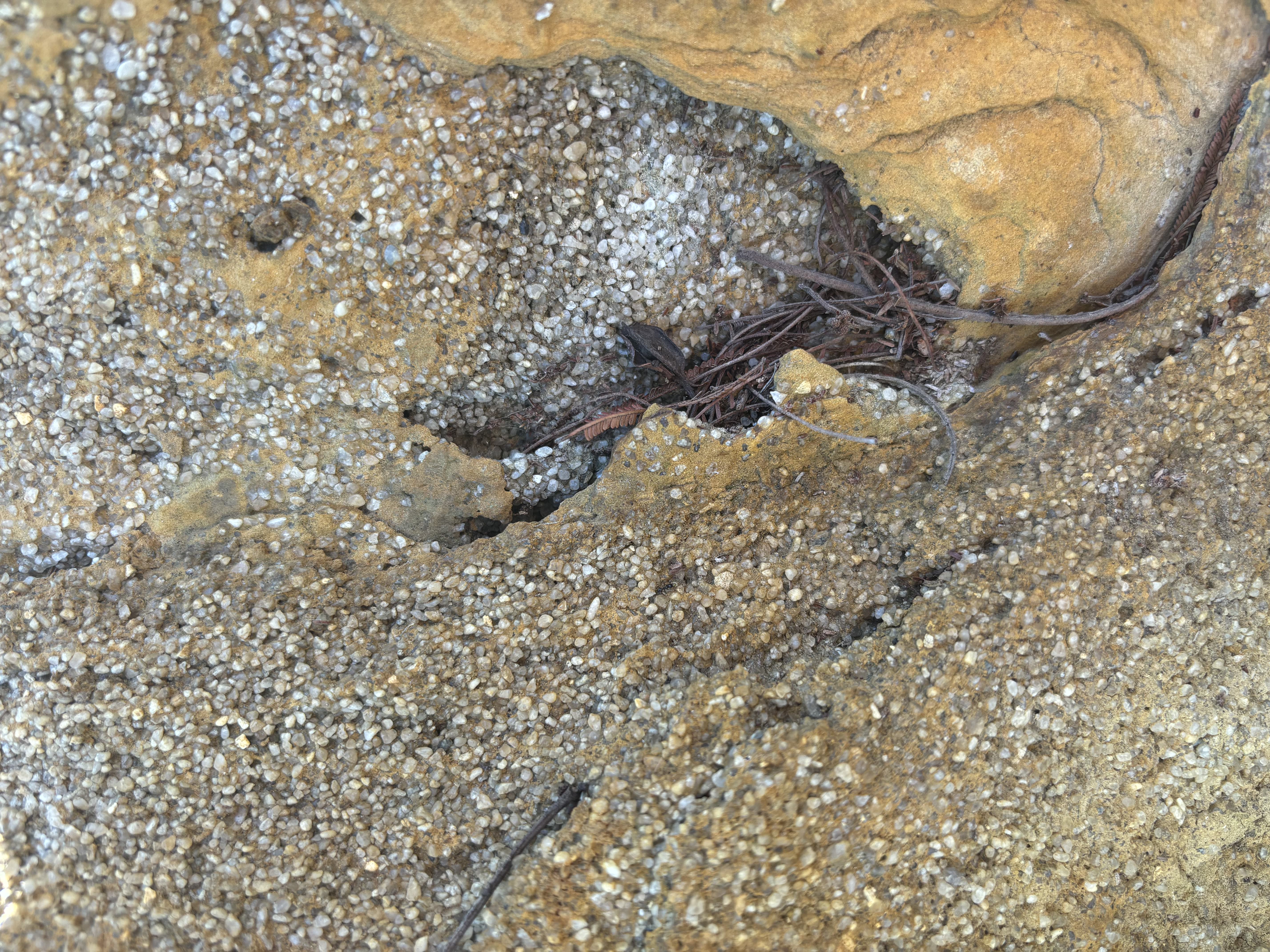
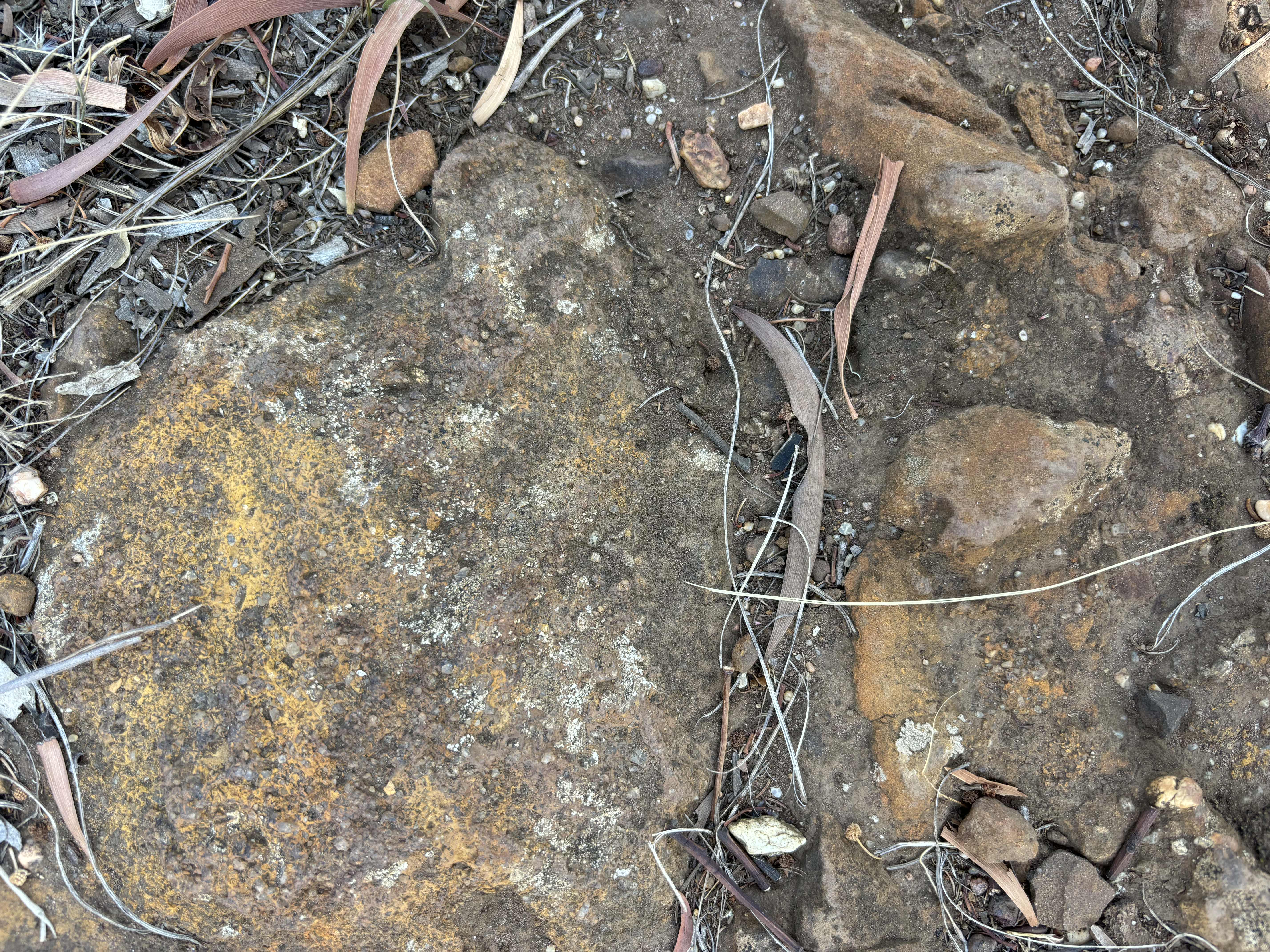
.jpg)
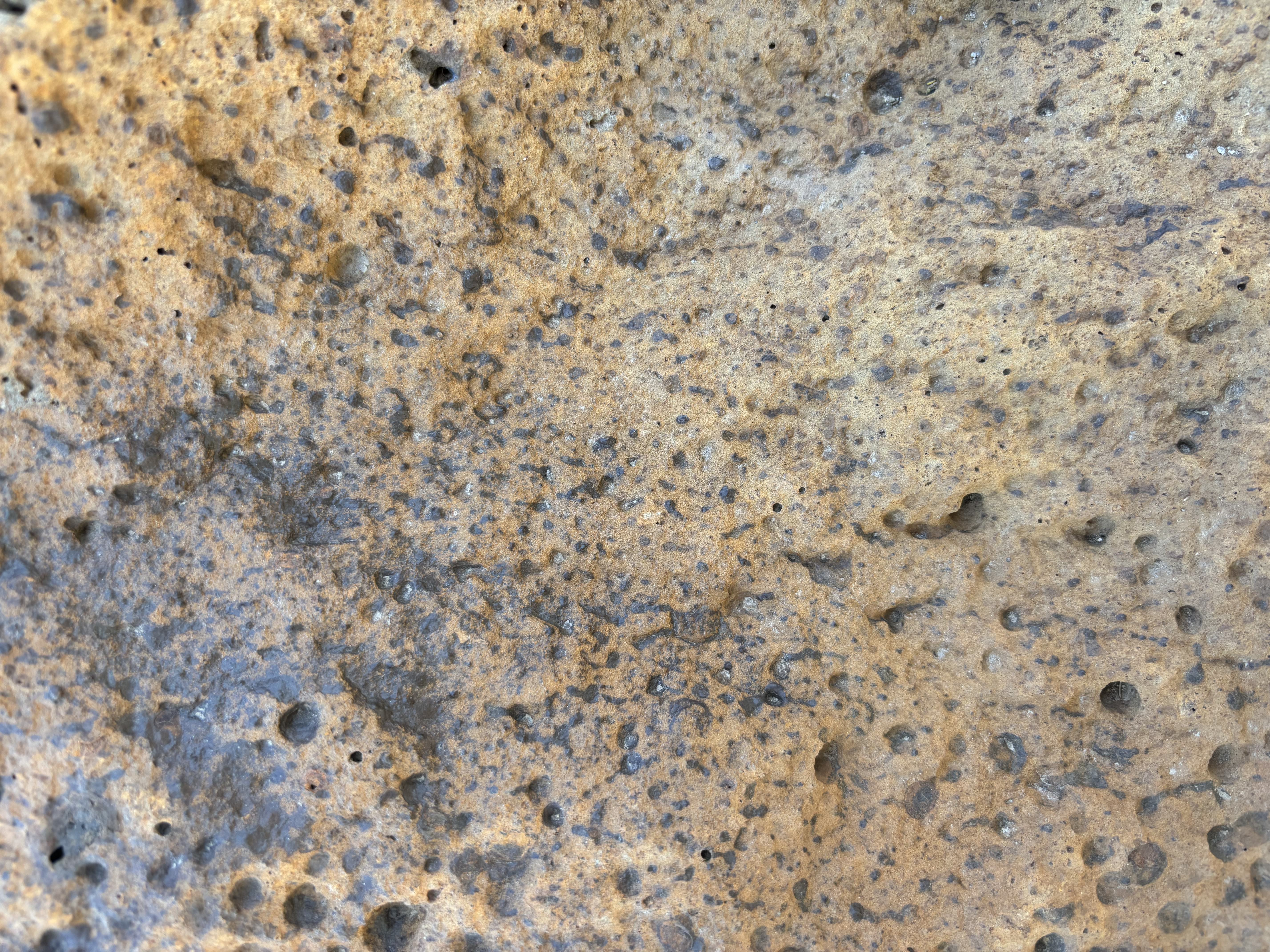

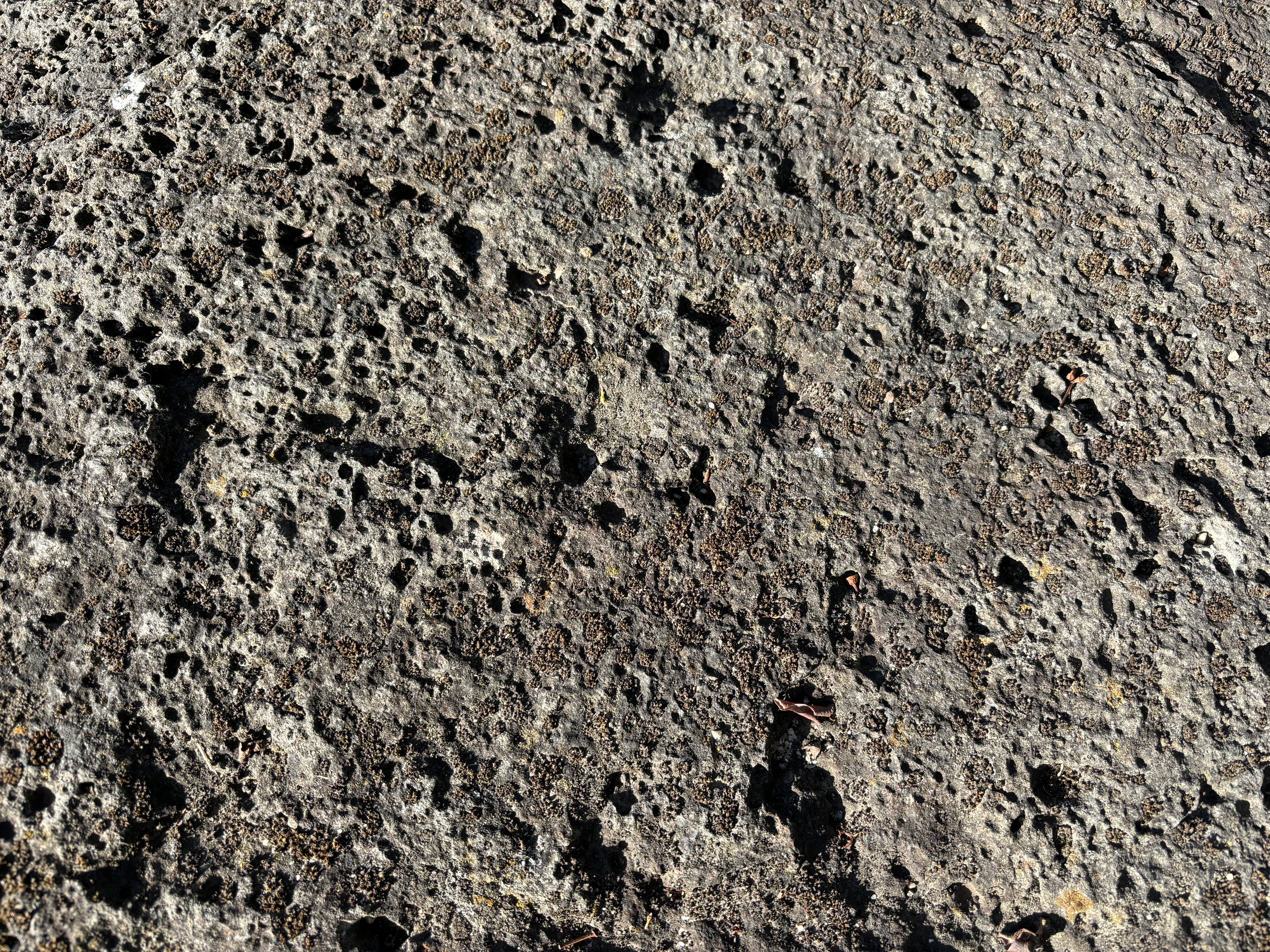
Royal Park Railway Cutting


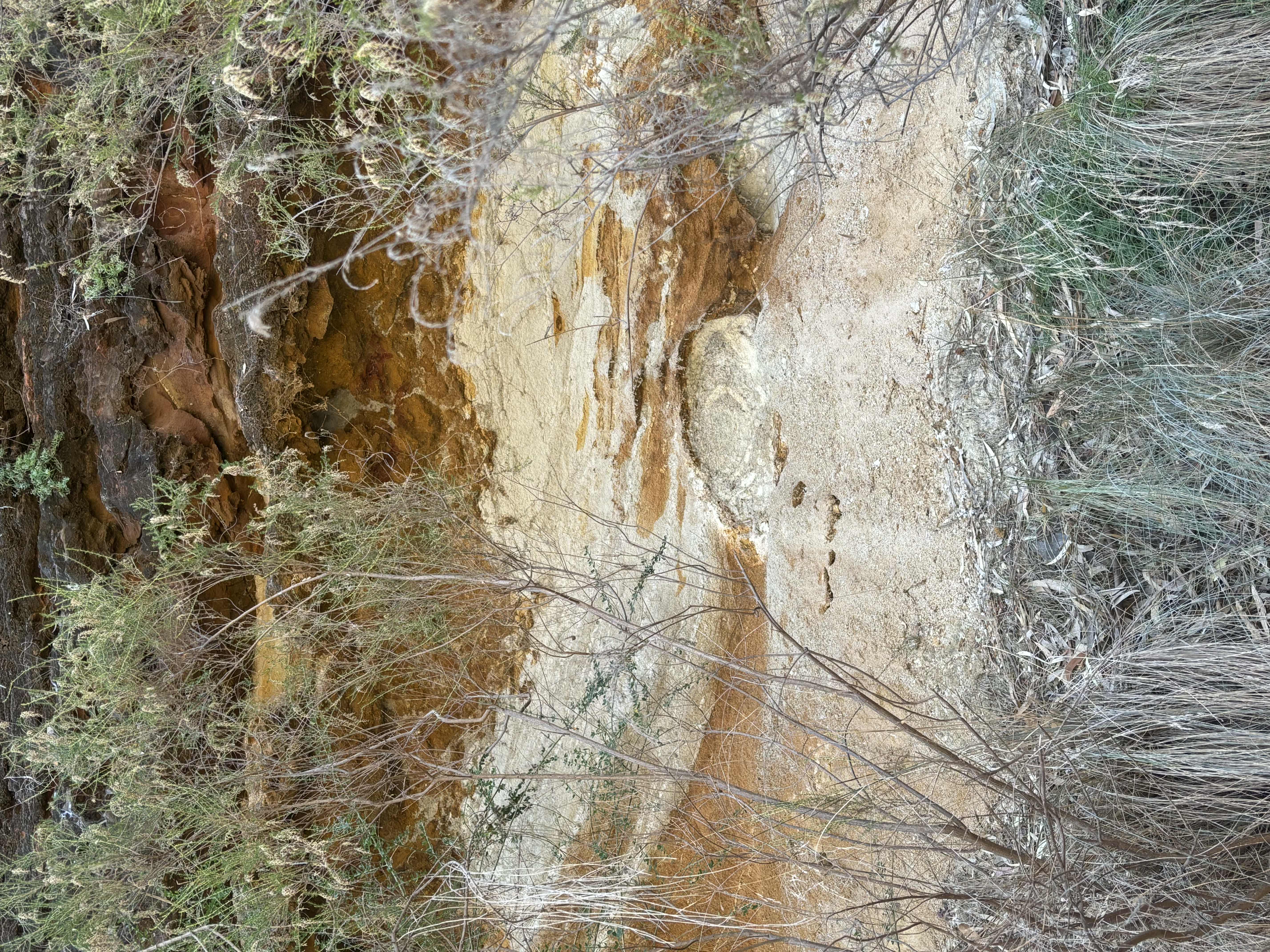
On top of the cutting

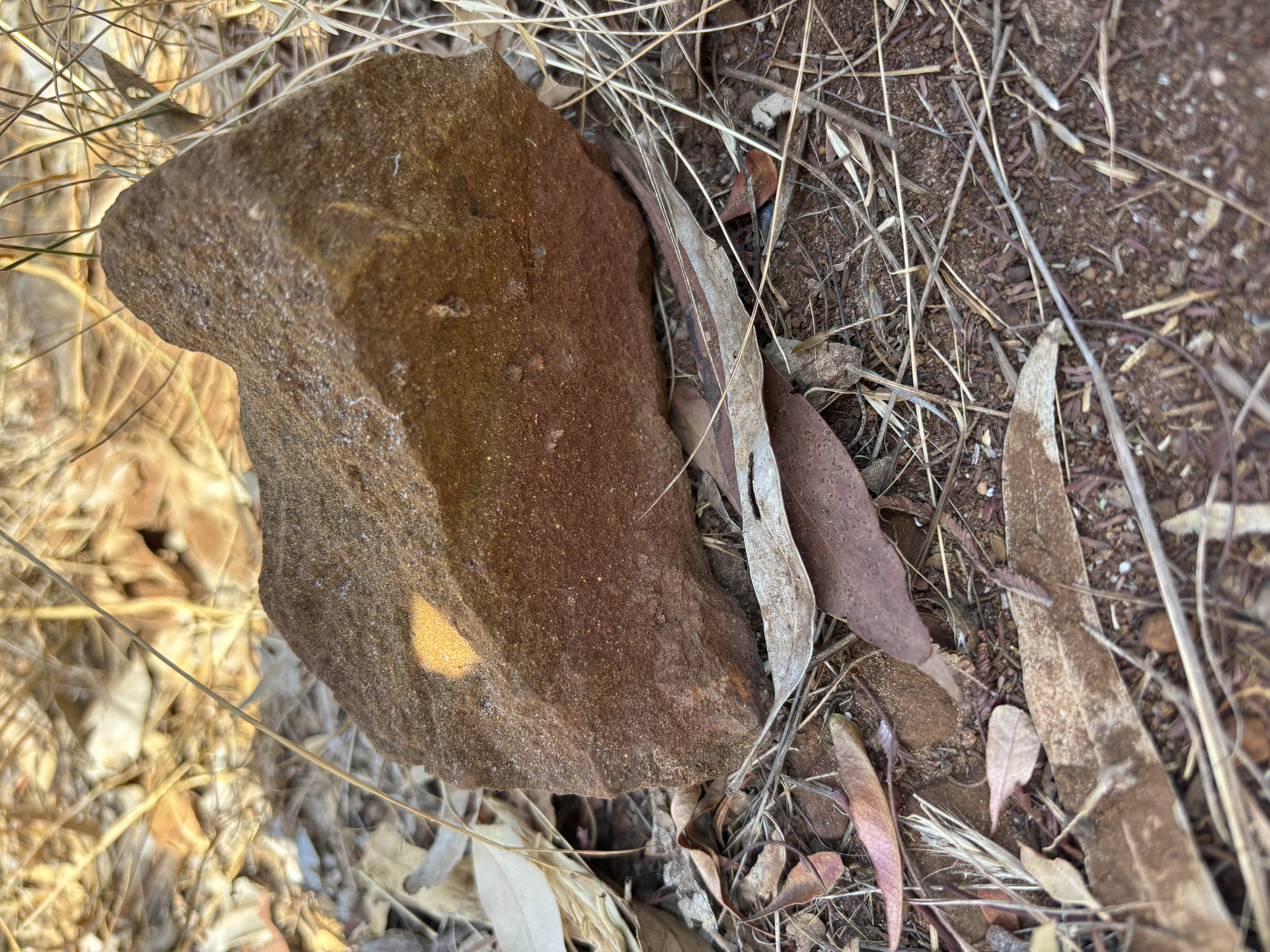

Ochre coloured rock/dust compared to redder dust from on top of Tertiary Pliocene Red Bluff Sands
Background research on the Royal Park Railway Cutting
The cutting took place in 1882, and was created by hand with a pickaxe, which cuttings can still be seen in the rock today. The darker, top part of the rock is the Red Bluff Sands, covers the lighter mineral at the bottom, made up of the solidified older tertiary lava flow. The lava flow has now become a soft clay, and the red bluff sands are coarse sandstone. The soft clay also contains olivine, a mineral found in this type of basalt rock. (Source)